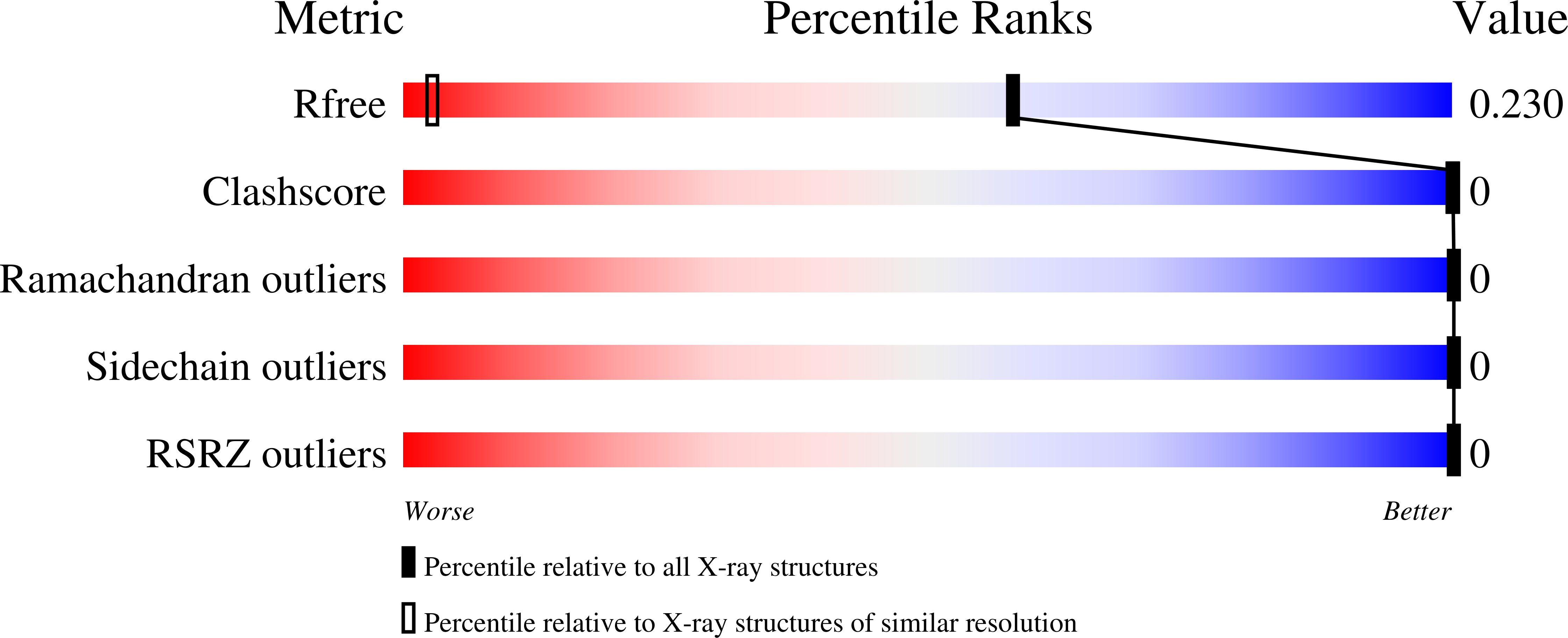
Deposition Date
2023-06-21
Release Date
2023-11-29
Last Version Date
2023-12-13
Entry Detail
PDB ID:
8T84
Keywords:
Title:
Racemic mixture of amyloid beta segment 35-MVGGVV-40 forms heterochiral rippled beta-sheet, includes hexafluoroisopropanol
Biological Source:
Source Organism:
Homo sapiens (Taxon ID: 9606)
Method Details:
Experimental Method:
Resolution:
1.10 Å
R-Value Free:
0.20
R-Value Work:
0.18
Space Group:
P -1


